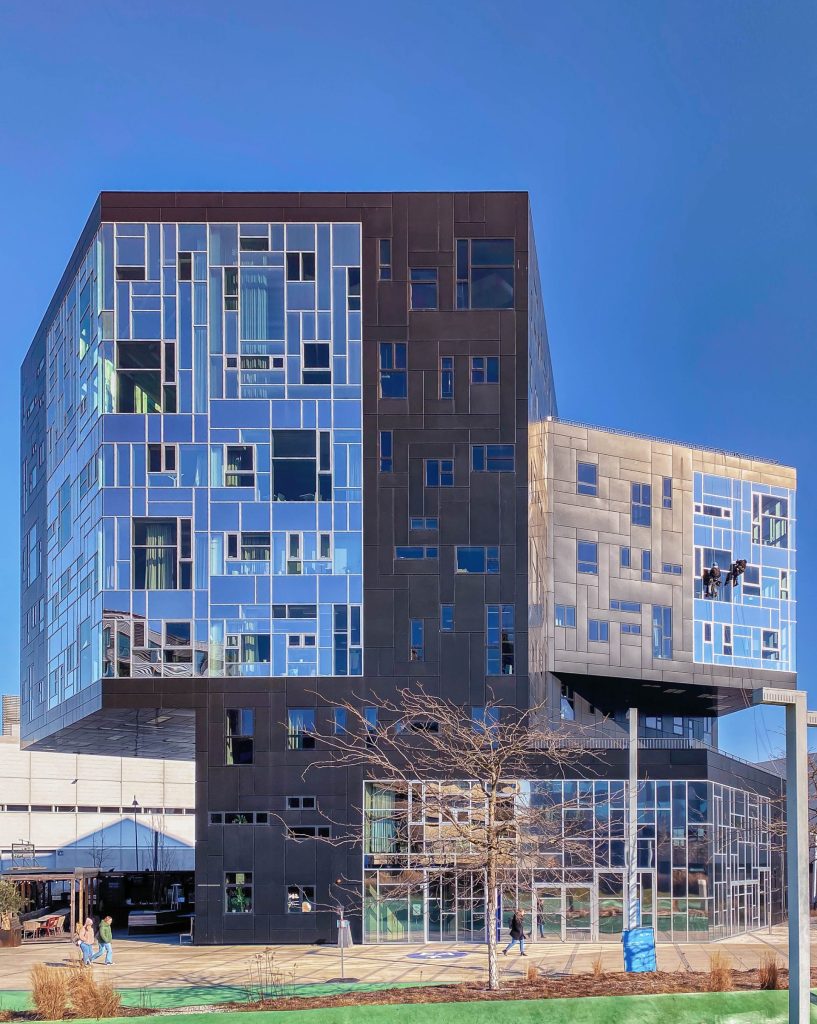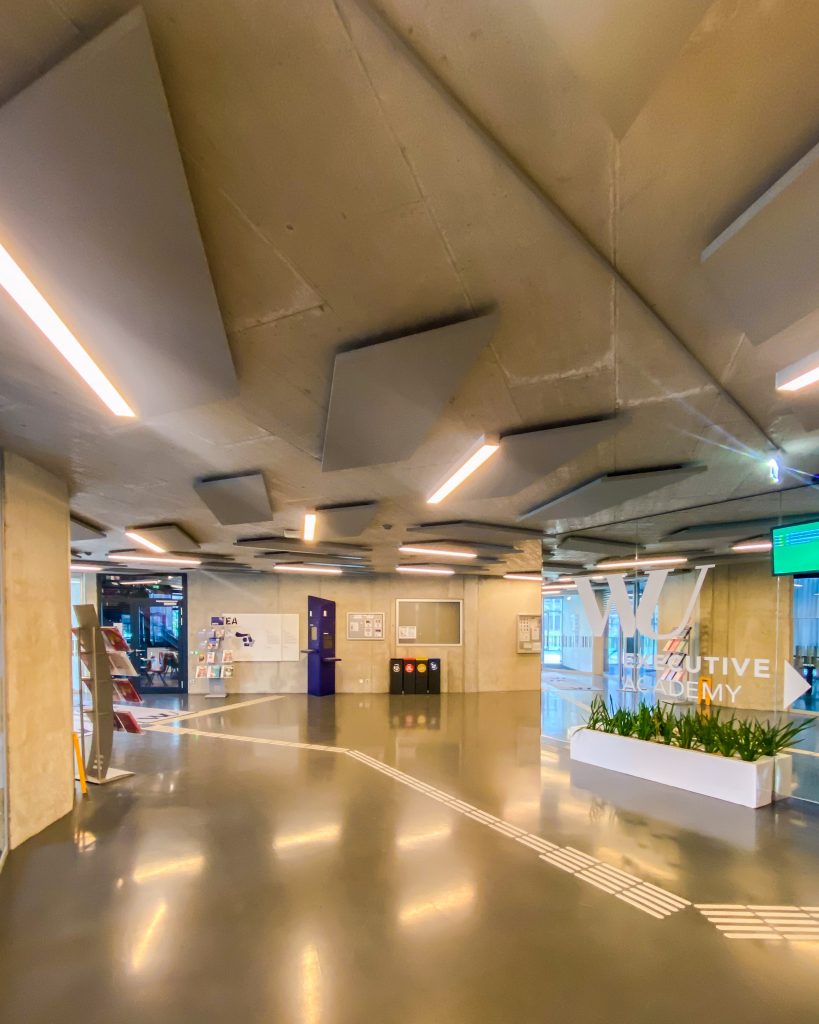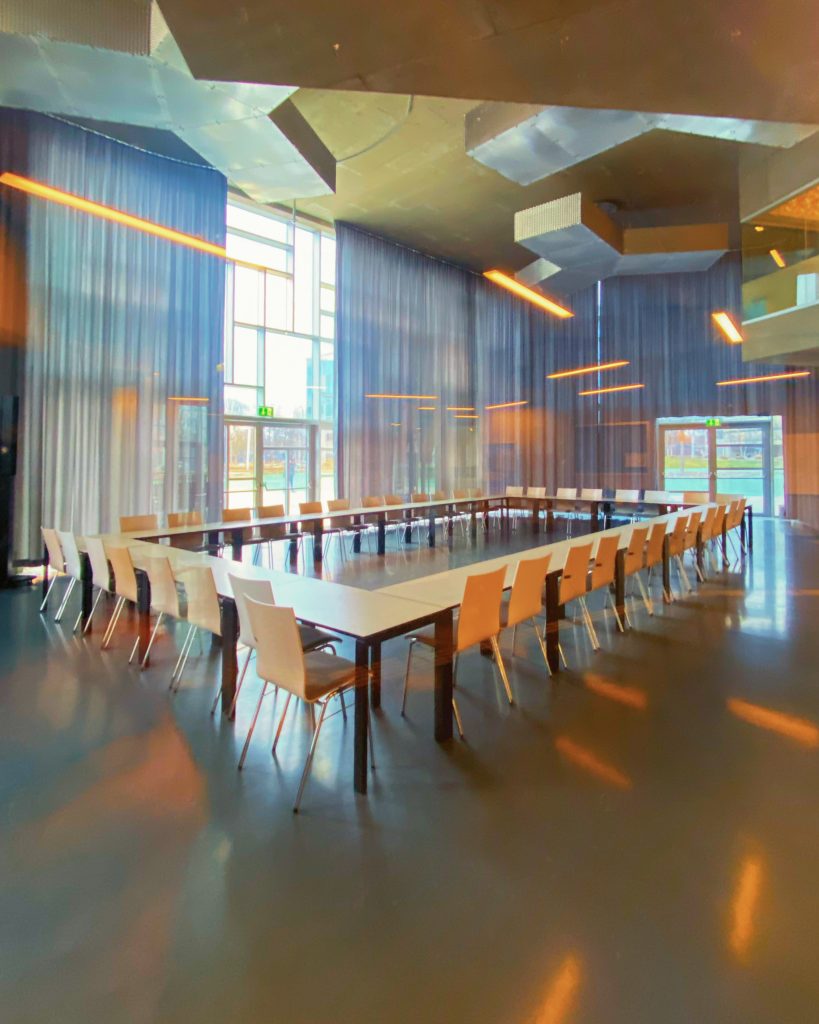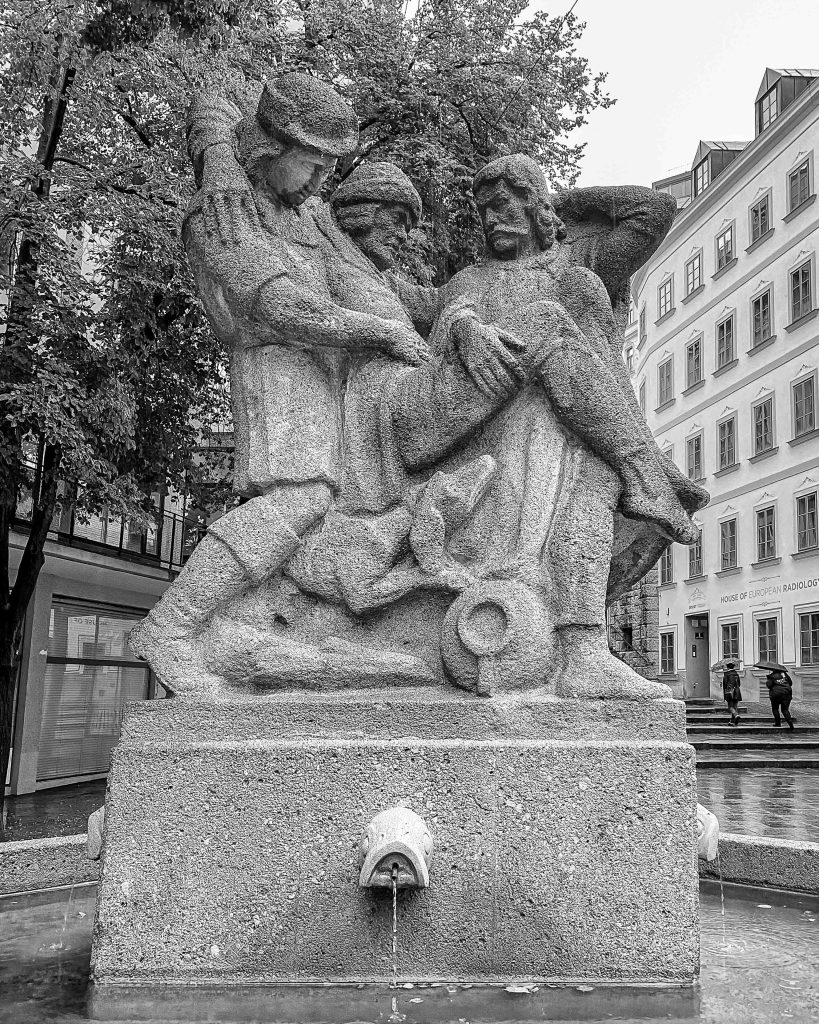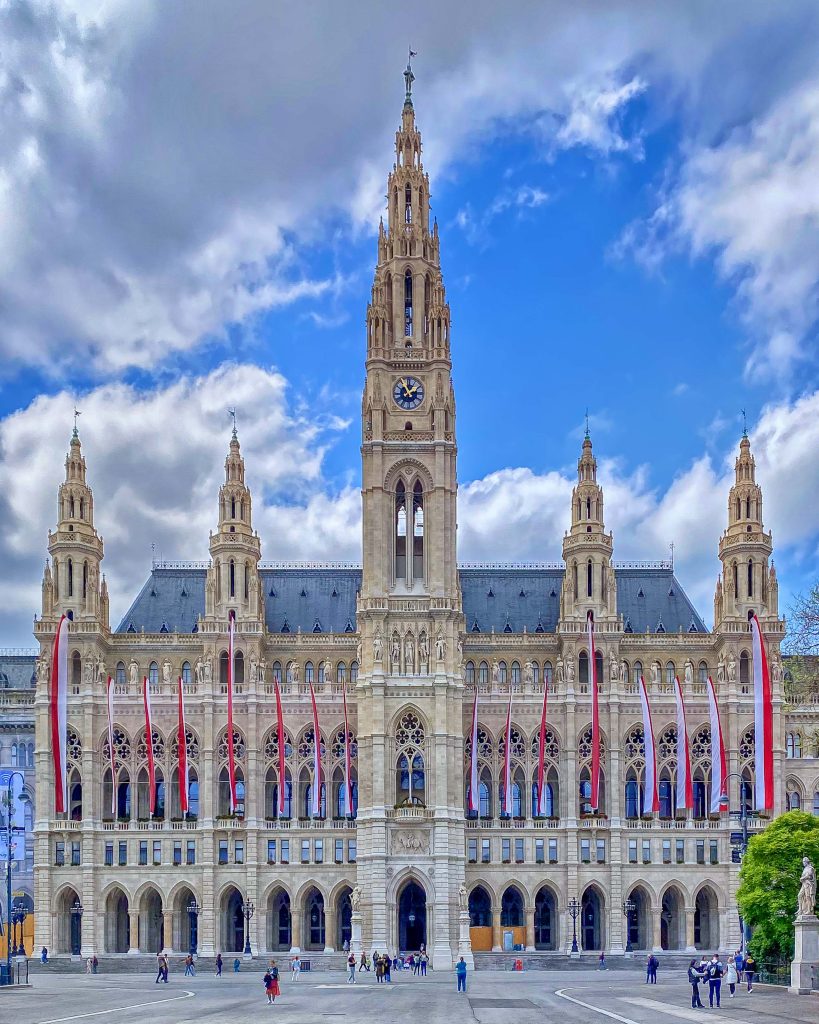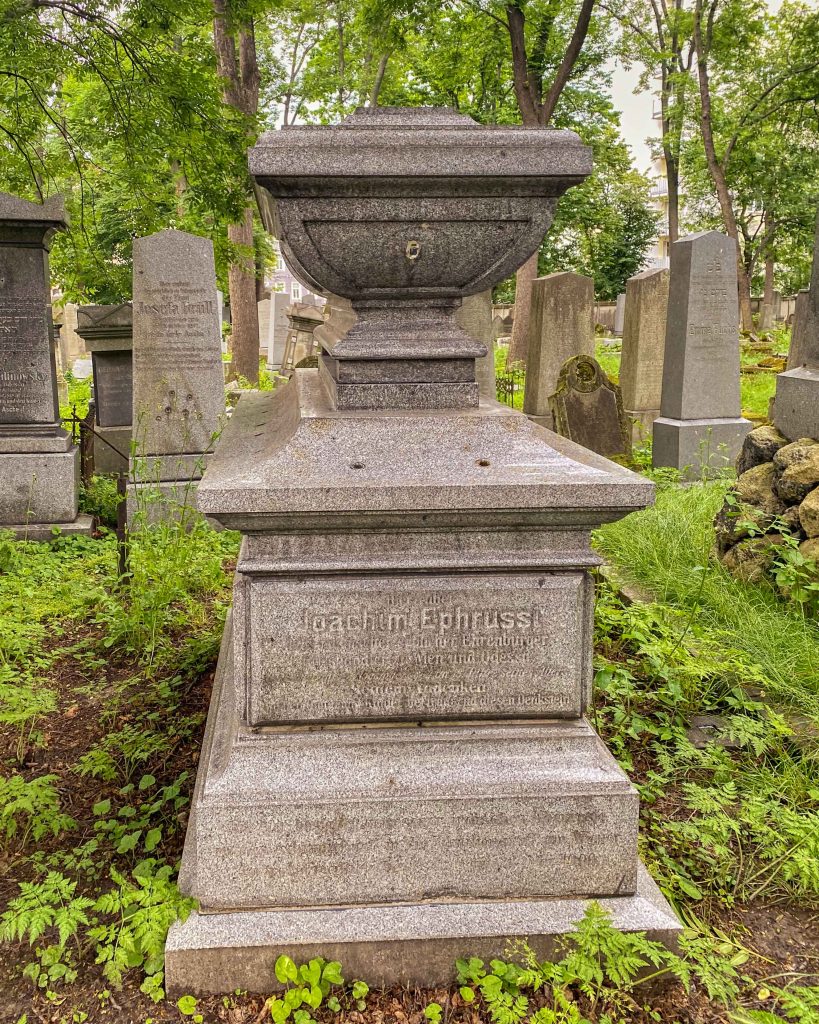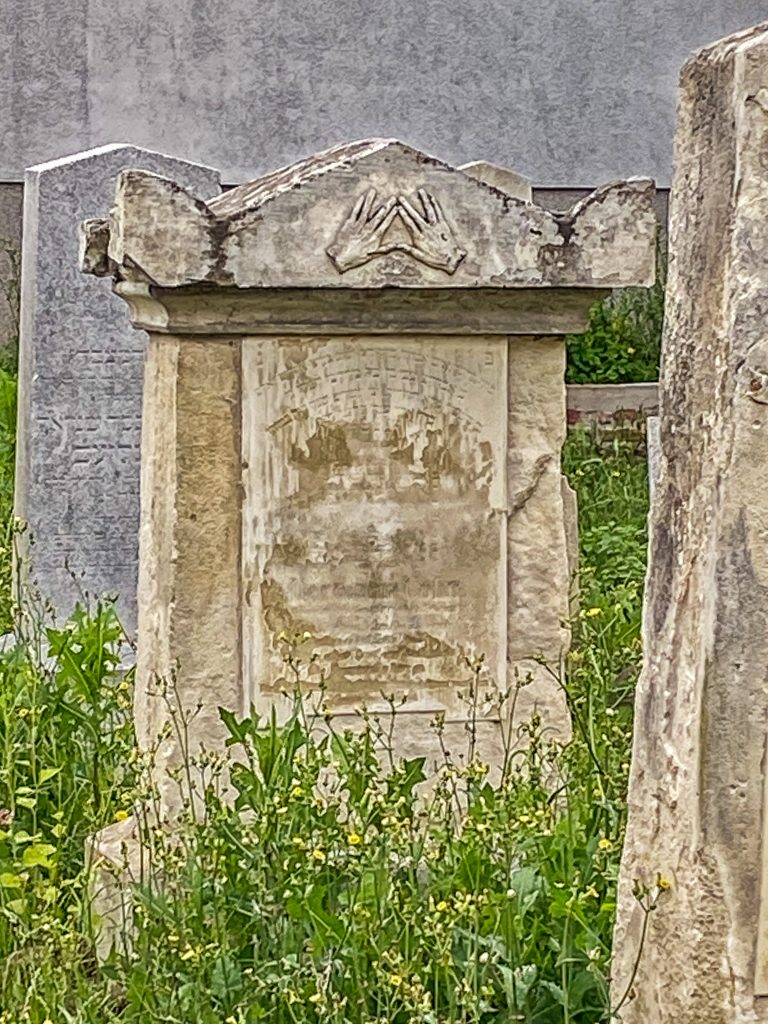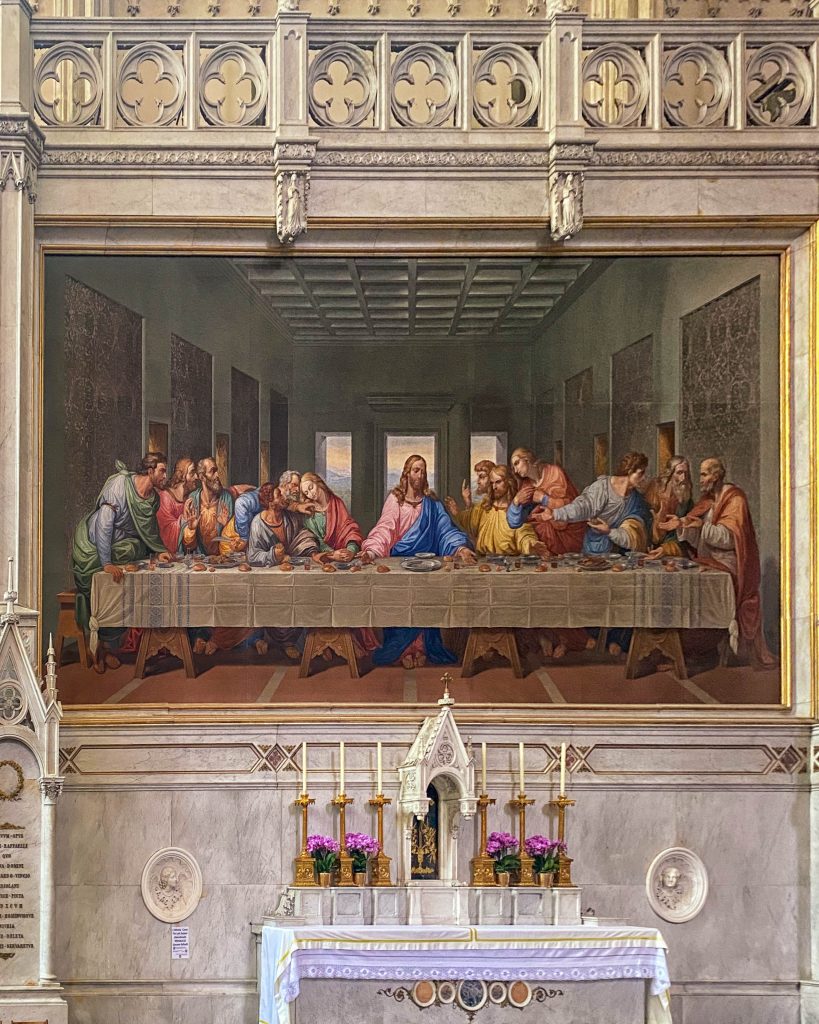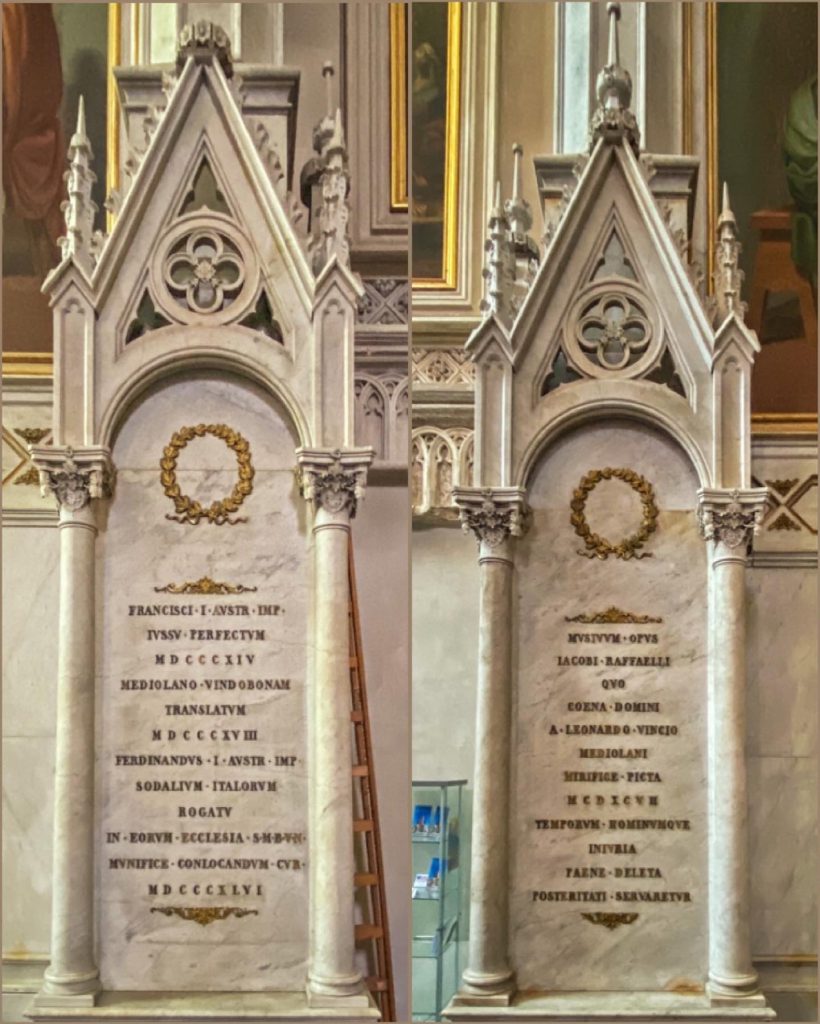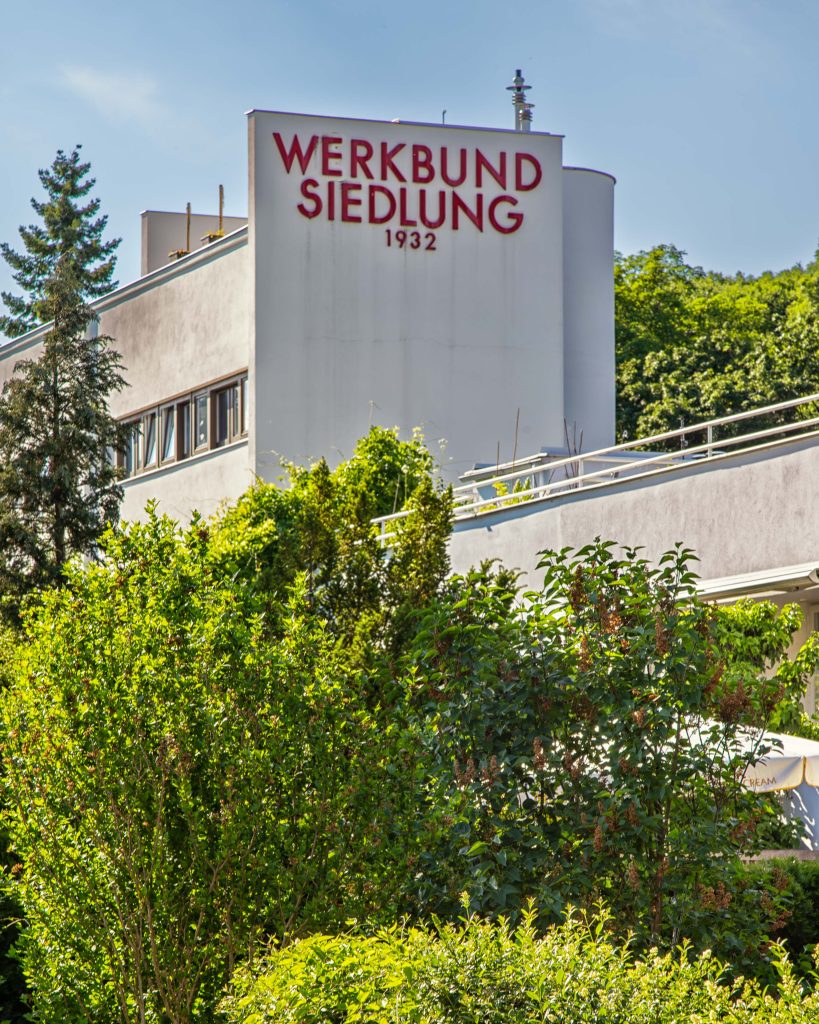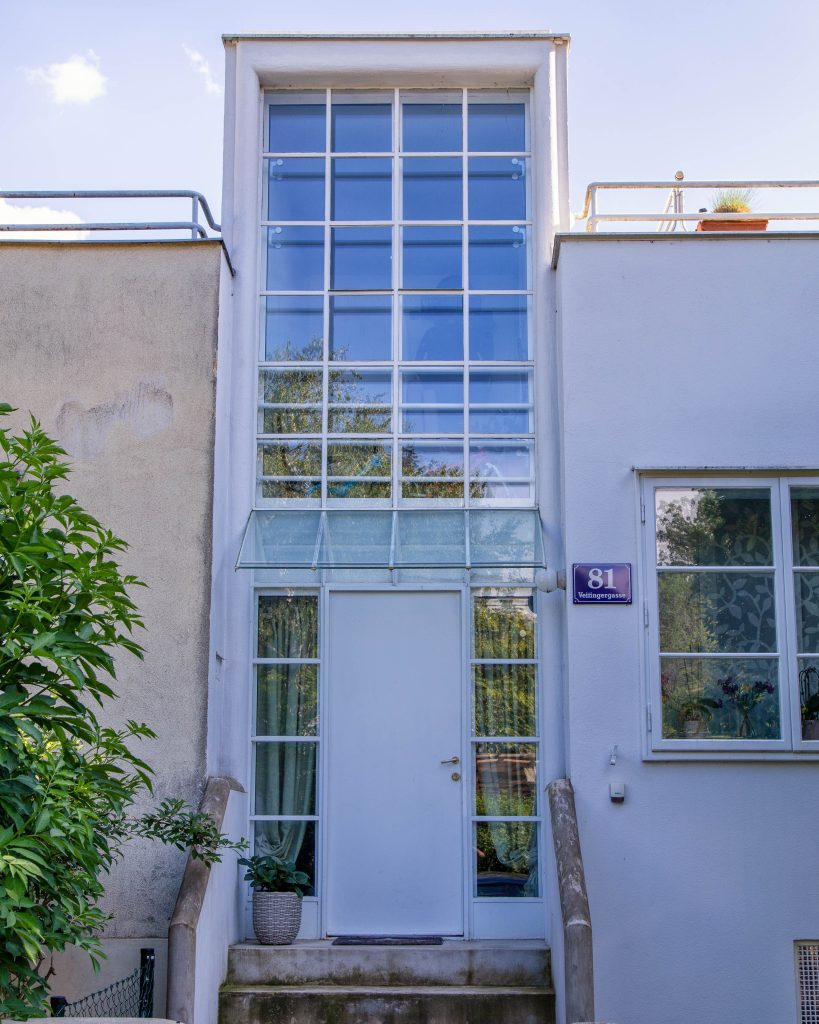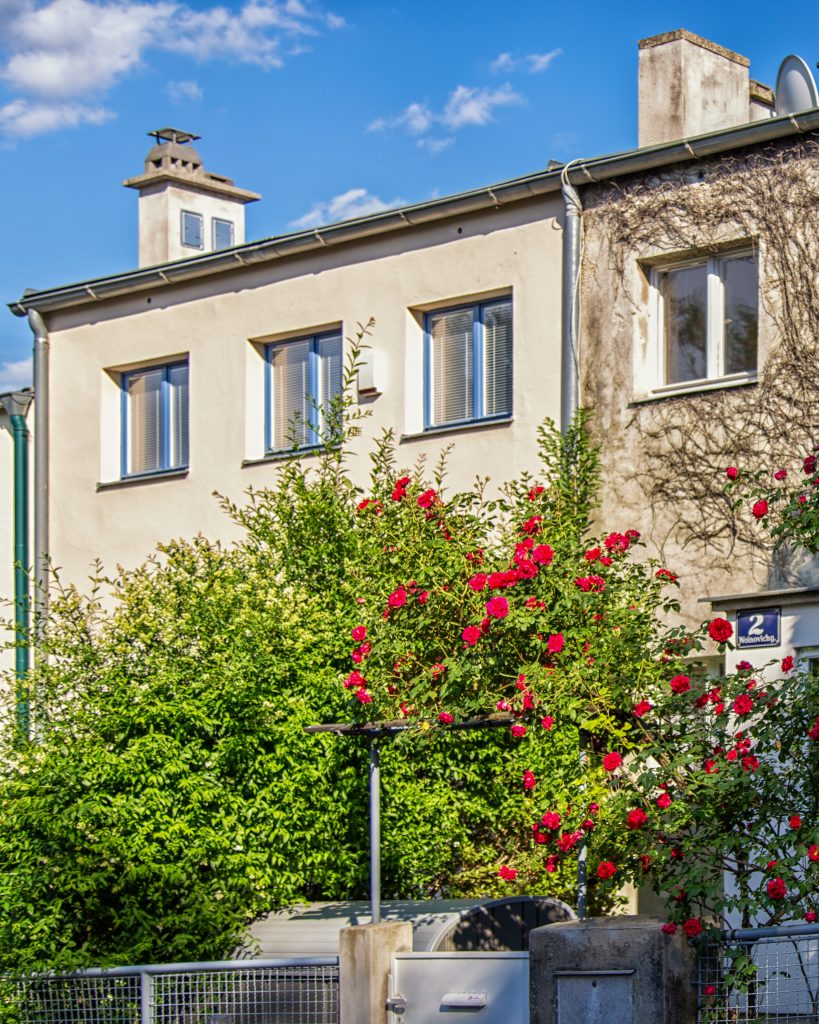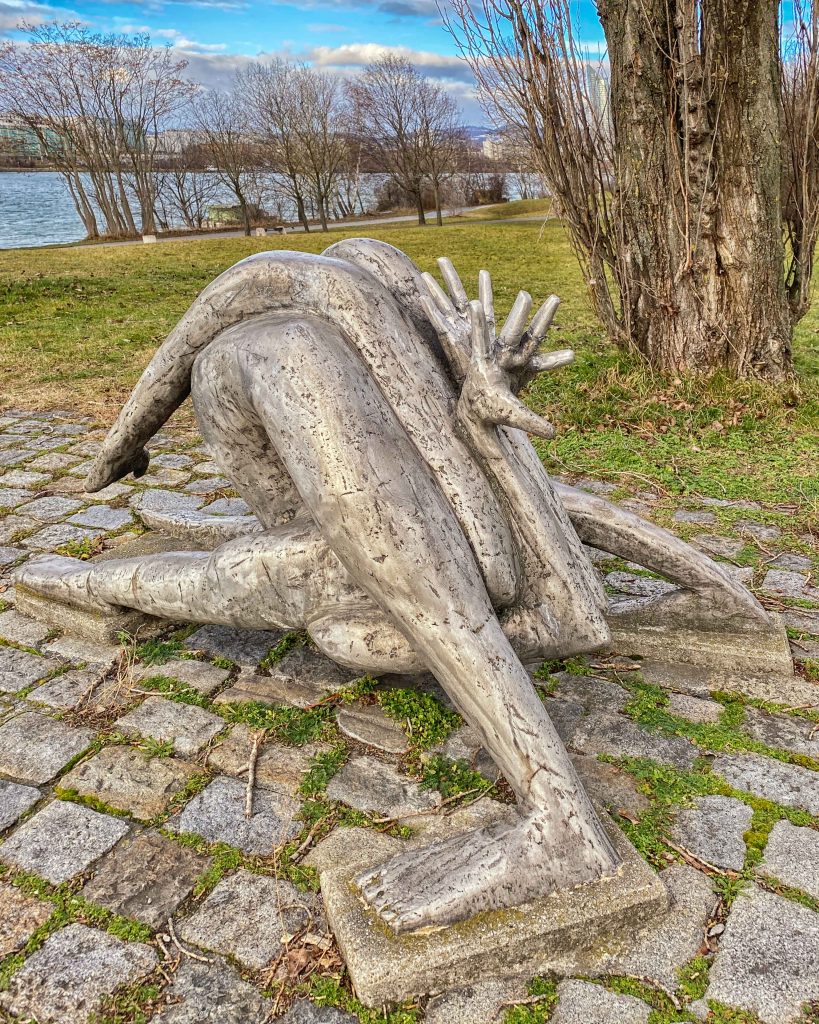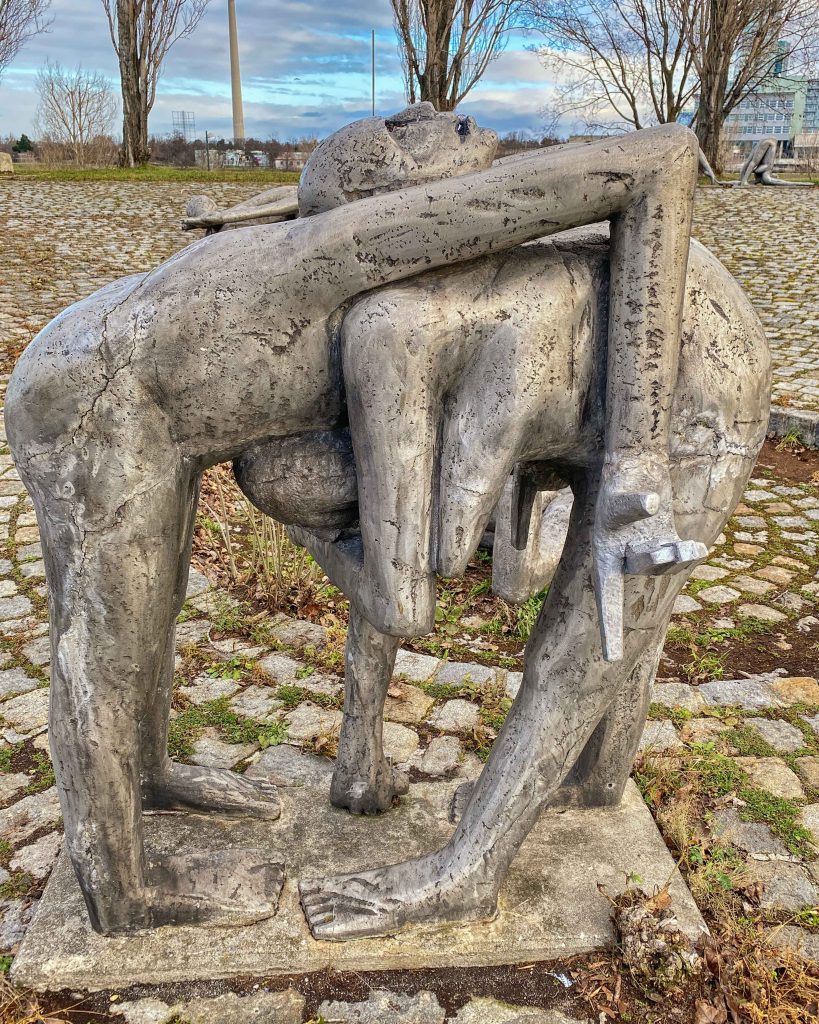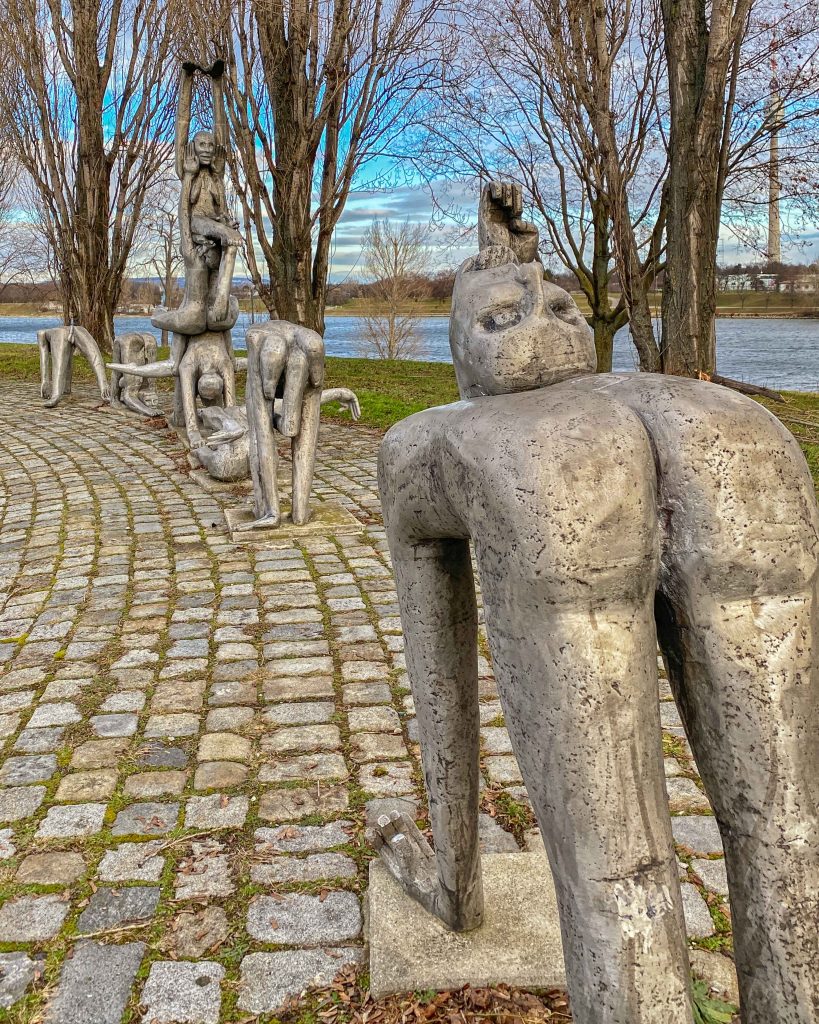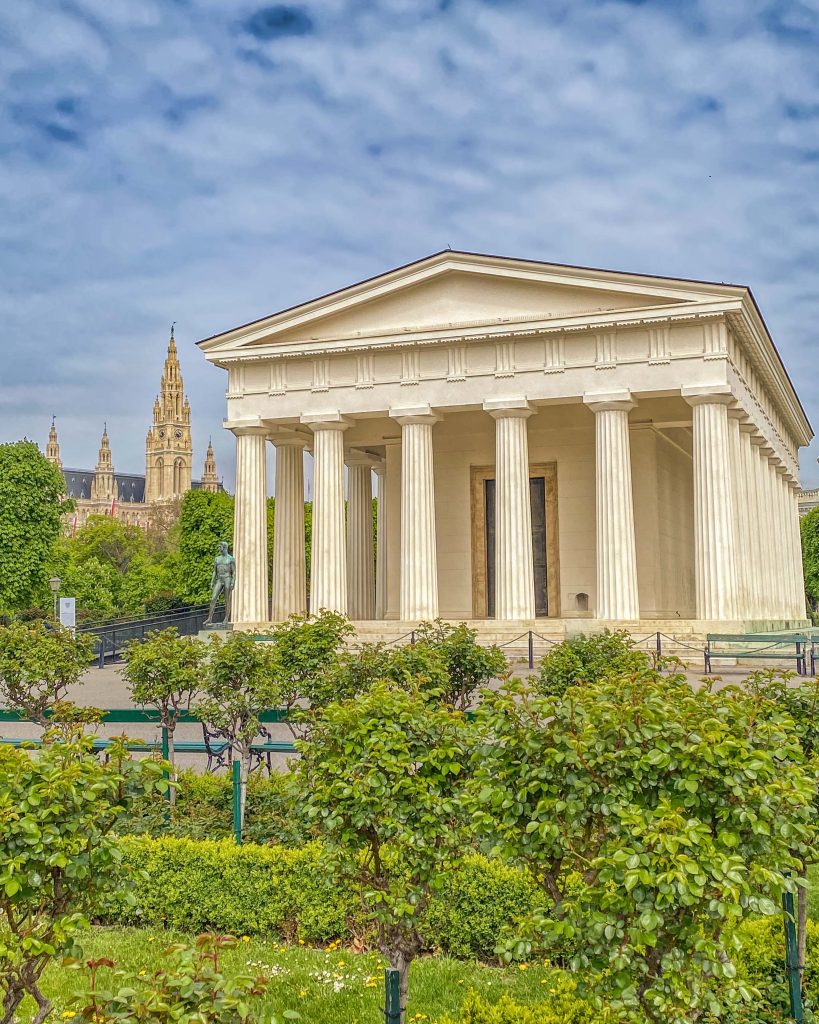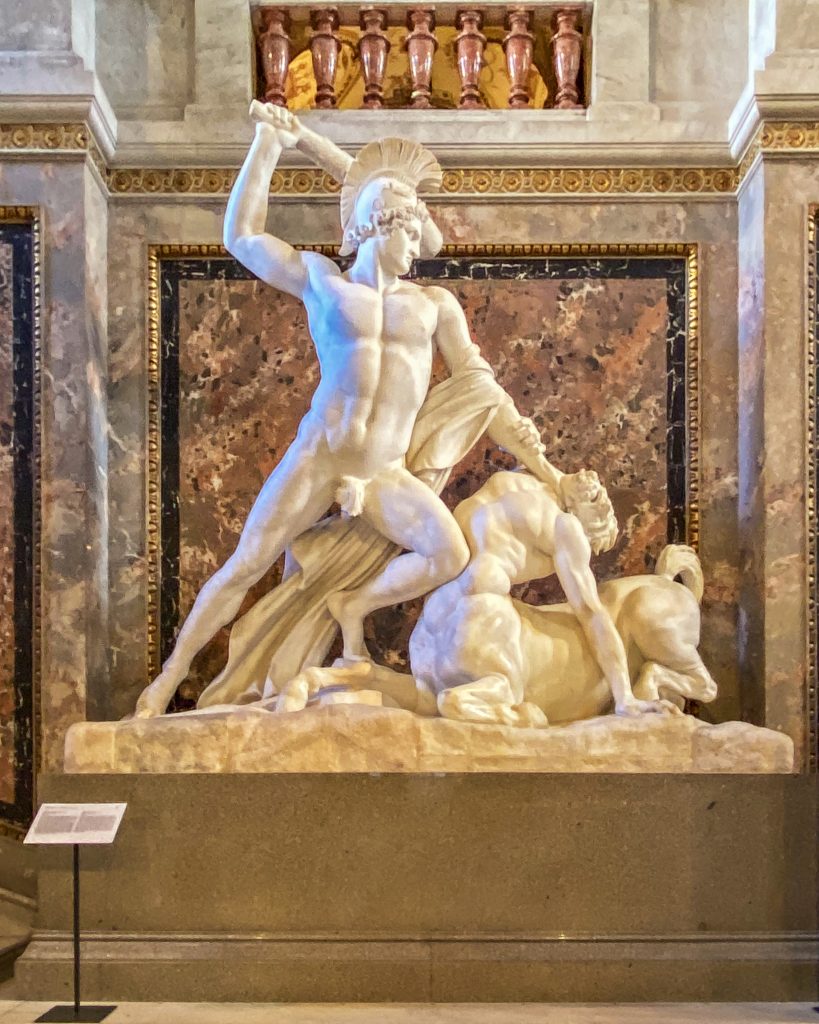Vienna Hofburg Chapel
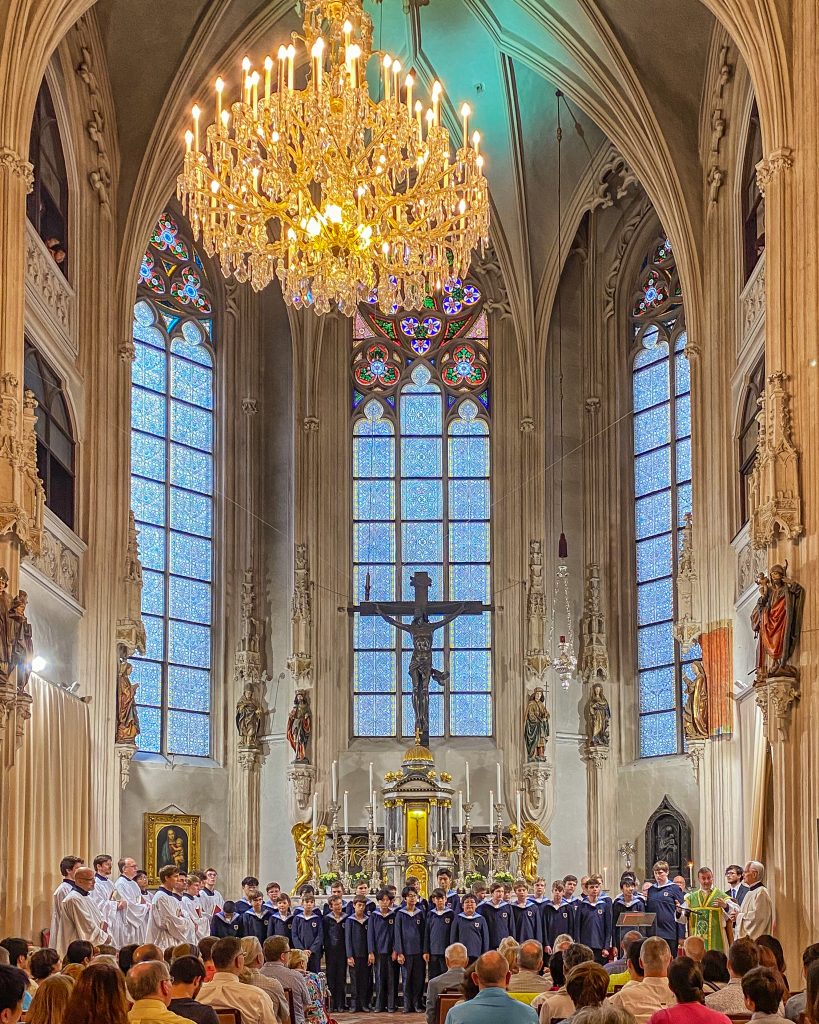
The Hofburg Chapel, as the main chapel of the Hofburg, was the house chapel of the Habsburgs until the end of the monarchy in 1918. It was built in the late Romanesque style as early as the 13th century and was rebuilt and expanded in the Gothic style in the 15th century under Emperor Frederick III. It was the responsibility of the K.u.k. Hof- und Burgpfarre, a Roman Catholic parish with special status under church law, which was responsible for the spiritual care of the imperial family and the court.
Already under Emperor Maximilian I, the Vienna Hofmusikkapelle, founded in 1498, gave concerts there. Today, it consists of the Vienna Boys‘ Choir, parts of the Vienna Philharmonic Orchestra, parts of the Herrenchor of the Vienna State Opera and the Choralschola, a group of former Vienna Boys‘ Choir members.
The ensemble, which is today subordinate to the Federal Ministry of Arts, Culture, Civil Service and Sports, performs not only in public concerts but also, in particular, as an accompaniment to Sunday Mass in the Hofburg Chapel (except July and August).
